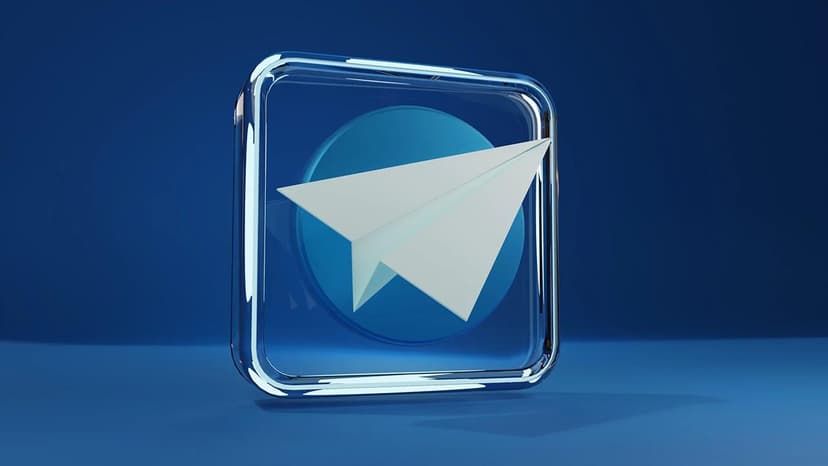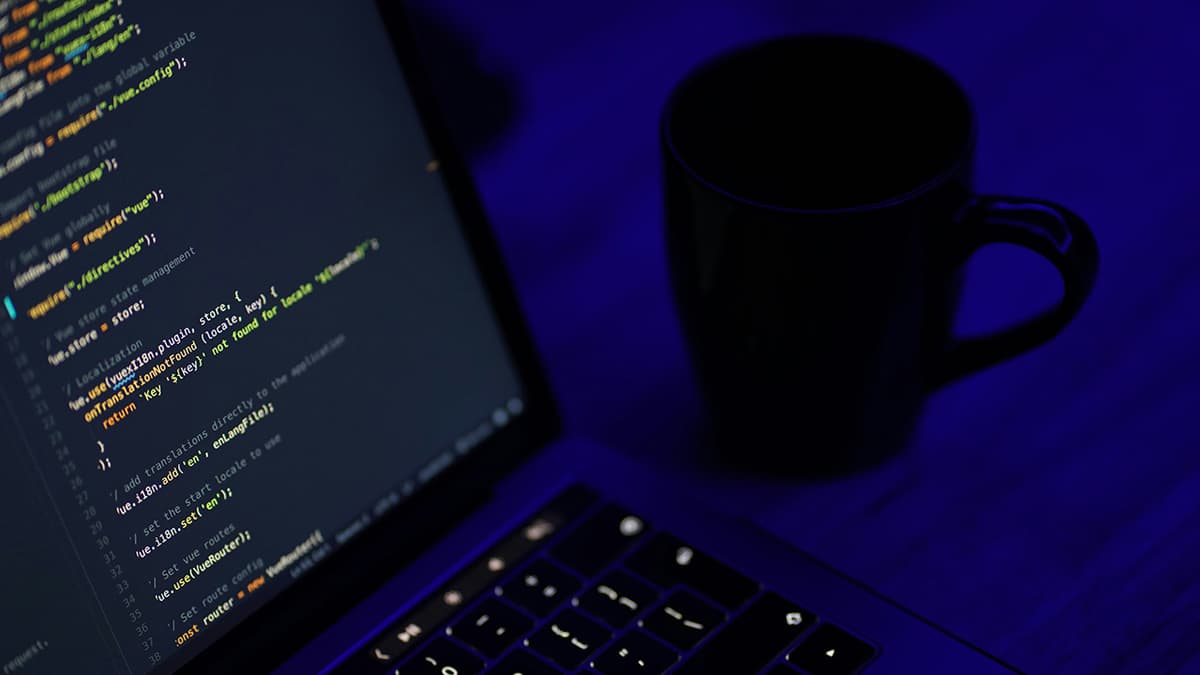What is the Primary Difference Between Python 2 and Python 3?
Python has been a significant programming language for many years. Python 2 was widely used, but issues and limitations led to the creation of Python 3. This article outlines the main differences between Python 2 and Python 3.
A Tale of Two Pythons
Python, created by Guido van Rossum, gained popularity for its simplicity. Python 2 became the standard for a long time. Yet, it had limitations. This prompted the release of Python 3, designed to correct flaws and enhance features.
The Print Statement vs. Print Function
In Python 2, printing output was done using a statement:
Python
This method had limitations. It was challenging to print multiple items without spaces or redirect output.
In Python 3, print became a function:
Python
The addition of parentheses allows for greater versatility. You can format, redirect, and customize outputs easily.
Integer Division
Division also changed significantly. In Python 2, dividing two integers would yield an integer:
Python
This often surprised beginners.
Python 3 improved this by returning a float:
Python
To perform floor division, use the double slash operator:
Python
This adjustment makes calculations clearer.
Unicode and String Handling
Handling text data was problematic in Python 2, which primarily used ASCII. For example:
Python
In contrast, Python 3 treats all strings as Unicode by default:
Python
This change accommodates global languages and characters more effectively.
Error Handling
Error handling syntax also improved in Python 3. In Python 2, it looked like this:
Python
Python 3 revised it for consistency:
Python
This clarity contributes to cleaner code.
Libraries and Ecosystem
The launch of Python 3 faced challenges regarding backward compatibility. Many libraries supported only Python 2. With time, most popular libraries migrated to Python 3. Many tech companies rely on Python 3, ensuring a modern and robust ecosystem.
Community and Future-Proofing
Moving to Python 3 offers community support and future-proofing. The Python Software Foundation endorses Python 3, ensuring ongoing features, updates, and security enhancements. Python 2 is no longer maintained.
Syntax and Miscellaneous Changes
-
Input Function: In Python 2, there were
input()andraw_input(). Python 3 simplifies this to oneinput()function that always returns a string:Python -
Range Function: In Python 2,
range()returned a list. In Python 3, it returns an immutable sequence type, improving memory efficiency:Python -
Iterating Dictionaries: Dictionary methods changed. Python 2 used
dict.iteritems()anddict.iterkeys(). Python 3 usesdict.items()anddict.keys(), which return view objects for memory efficiency.
The shift from Python 2 to Python 3 was a necessary evolution for the language. While Python 2 played a vital role in technology, Python 3 enhances simplicity and readability. Embracing Python 3 paves the way for cleaner code and better performance.












